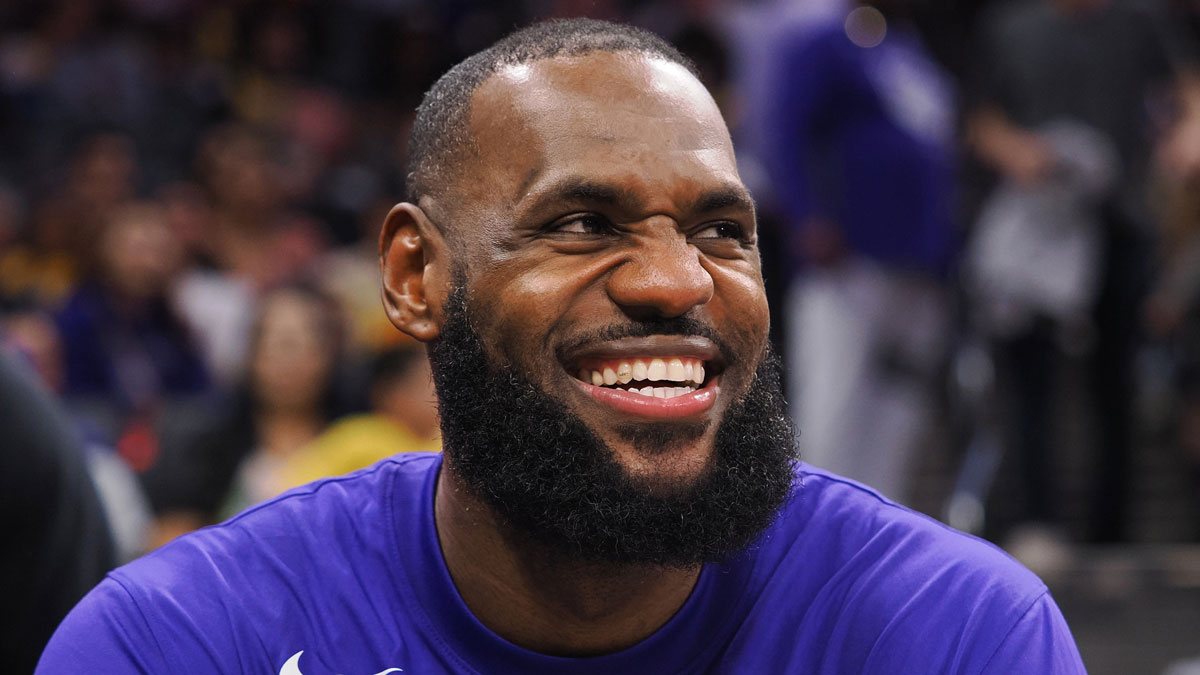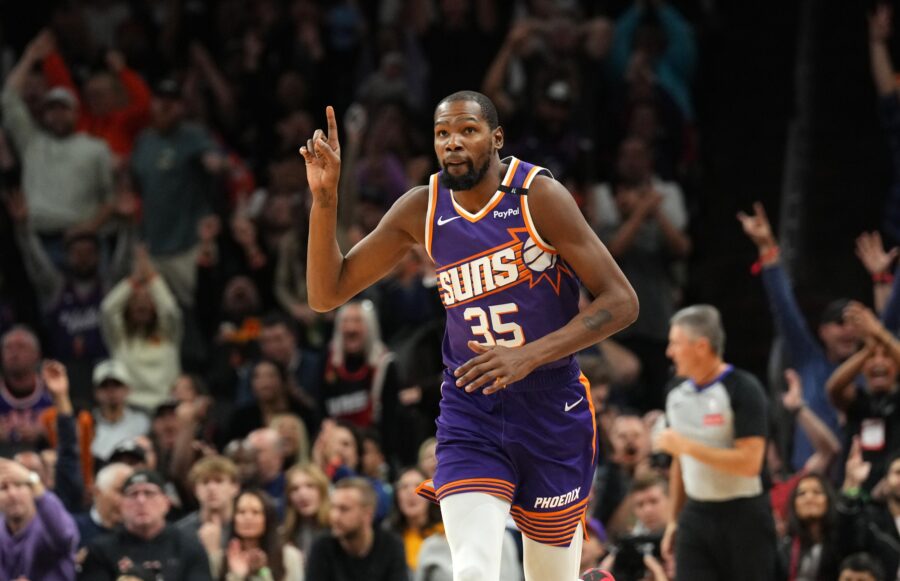I recently met a man who’s lived in New York for about 25 years. Like most people who’ve been here that long, he was lamenting that the city isn’t what it used to be. Back in the 2000s, he told me wistfully, you could go to some random event — and he knew whereof he spoke, he is an events planner — and meet someone who could change your life, or at least your career. Now things are much less organic: Instead of crashing a fashion party in a Soho loft, he said, people are just retiring to their private club.
I nodded sympathetically, though in my New York of the 2000s, a Soho fashion party may as well have taken place on Jupiter. I spent most of those years alone in a library working on my economics PhD dissertation. I would never have known about such a party, let alone had the social capital or wherewithal to go.
Fast forward a couple decades, and here I am writing this column from a private club. Much as I would like to believe that my membership is evidence of my exalted social status, a question nags at me: Are members’ clubs just a lot less exclusive than they used to be?
Members-only clubs have always been part of the American economic and social fabric, from the Gilded Age clubs where Manhattan elites socialized to the country clubs in the suburbs. Membership was exclusive based on who you knew or what you achieved, and once you were tapped, social connections were made and business was taken care of. Clubs acted as a kind of screening mechanism.
Like most things, however, they eventually fell out of fashion. Their members grew old, and the clubs had less social and cultural relevance. Just a few years ago, country clubs were closing due to declining membership, while some of the old New York clubs were facing an existential threat.
But since the pandemic, clubs are having a comeback. New York has experienced a boom in a new kind of members-only club. Forget those elite uptown clubs for codgers with old-money connections; the new downtown clubs are less pompous and trying to attract younger members. The trend has reached Miami and even Washington, which has its own tradition of stuffy old clubs.
What makes these clubs different is that membership is less about pedigree and more about money and affinity. The trend started with Soho House, the London-based club which altered the member-club landscape when it opened in New York’s meat-packing district. For years it was known to be hard to join and notorious for turning away people who worked in finance. Then it started a worldwide expansion and went public (though it has since gone private again).
As private clubs have become more ubiquitous, their role in society has shifted: They tend to commodify elitism rather than enforce it. Getting in doesn’t depend on your wealth or cultural cache; all that matters is getting your name on the list and paying the initiation fee. Soho House (disclosure: from where these words are being written) says it still maintains a long waitlist and in some cities is closed to new members. But since there now seems to be a club for everyone, in every city, at every price, there is nothing especially elite or cosmopolitan about being in a club.
This commoditization of elitism seems like an oxymoron. There is a sense of community that comes from knowing everyone around you has been carefully vetted and is trustworthy. That kinship is now lost.
In other ways, however, the modern members-only club is just a reflection of the modern economy: Membership — or success — is both more democratic and more elusive.
This newly egalitarian economy, which is less about lineage and training and more about self-selection and wealth, is mostly a good thing. All it takes to gain cultural influence, and sometimes money, is a phone, a podcast mic and a ring light — and a talent for making people want to listen to you. Today’s influencers are more relevant than yesterday’s tastemakers.
Yes, there has and will continue to be a decline in the economic and social capital that old-line clubs once provided for the few. It is rising at a new kind of club — still exclusive, but not elitist. This is not necessarily a bad thing, especially in a country where people are spending more time alone and church attendance is down. Members’ clubs may be one of the few things that bind Americans together.
Or not. If we all end up at private clubs, using our club silverware at our club restaurants, America’s economy and society will become even more stratified. And we will lose some of the serendipity that my event-planner friend so treasured. Though I should say, I think crashing a Soho fashion party in 2006 was elitist in its own way. I may be a club member today, but at least I bought my way in.
By Allison Schrager











